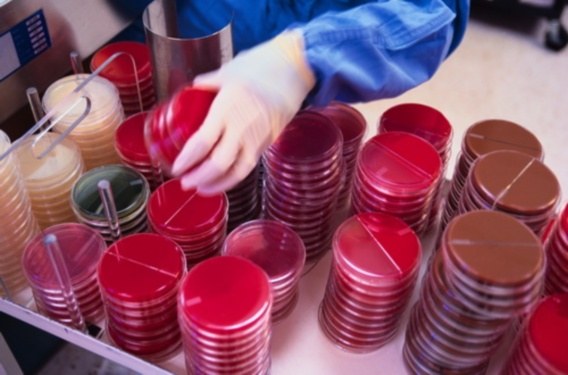Instruction
1
For example, to you the task: to prepare an isotonic solution of glucose. This substance is very often used for intravenous injection. Start with, let's recall the formula of glucose: is c6h12o6. Using it, calculate it molecular weight: 180. Therefore, the molar mass of glucose must be equal to 180 g/mol. Also remember that glucose is not an electrolyte.
2
Next you will help the rule you want to remember. Upon dissolution of 1 mol of any nonelectrolyte in 22.4 liters of a liquid having a temperature of 0 degrees, there is a pressure equal to 1 ATM. Accordingly, as is easy to understand, to create pressure equal to 7.4 ATM, the volume of liquid in which is dissolved 1 mol of a nonelectrolyte, must also be at 7.4 times less. That is to 22.4/7.4 V = 3,03 liters (or approximately 3 liters).
3
Be aware that these calculations are valid for temperatures equal to 0. Because the human body temperature normally is around 36,6–36,7 degrees, should be amended. Let the temperature of the person (to ease calculations) will be accepted as 37 degrees, then take the solute on a share 37/273 less (approximately by 13.55% less, given that 273 degrees Kelvin correspond to 0 degrees Celsius). In other words, it is necessary to take 0,8645 of the estimated amount of the substance.
4
So long as you need mol of any nonelectrolyte, to get 1 liter of isotonic solution with the above amendments? Calculate: 1*0,8645/3,03 = 0,2853. Rounded accept this value for a is 0.29.
5
So, how much glucose you need to prepare 1 liter of isotonic solution? Perform elementary calculations: 0,29* 180 = 52.2 grams. Or, if you consider to use the concept of mass fraction, the concentration of glucose will be of 5.22%.
Useful advice
The increased osmotic pressure under normal conditions is equal to 7.4 ATM.
